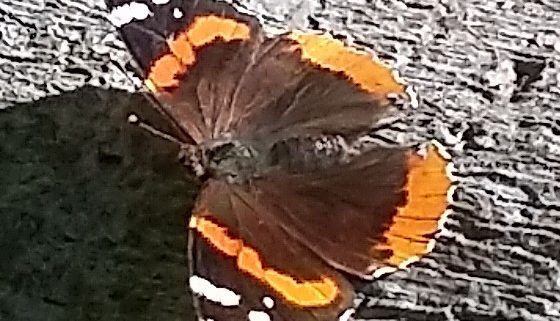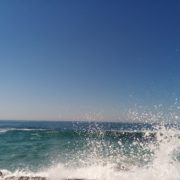5 Intention-setting Ideas for Supporting the Parasympathetic Nervous System
“PTSD isn’t about what’s wrong with you, it’s about what happened to you.” ― Author Unknown
The human body’s Autonomic Nervous System has two branches: the Sympathetic Nervous System (SNS) and the Parasympathetic Nervous System (PNS) which are designed to compliment each other. Our SNS is the part of our nervous system that gets activated in times of stress, whether that stress is considered positive or negative. When the SNS is activated, our heart rate and respiration increase and our blood pressure goes up. Our PNS is the part of the nervous system that gets activated in times of rest and relaxation, typically after the cause of the stress is removed from our awareness. When the PNS is activated, our heart rate and respiration decrease and our blood pressure drops.
- Mindfulness. This intention might simply start with acknowledging that the human mind, just like a computer, is not designed to multi-task. Embracing this natural state, we can then begin to invite opportunities to focus on just one thing at a time. Starting with simple one-minute meditations, sprinkled throughout our day, can create just enough space for a deeper connection with our authentic self as reflected through our experience of gratitude, compassion, peace, and love Some short meditation ideas include stopping what you are doing and trying one of the following: taking a few drops of your favorite essential oil (lavender and orange are two that have been shown to support our PNS) in your palm, rub your hands together, hold your hands up near your nose and take 10 long deep breaths; redirect your attention to your body, starting with your feet and moving up to your face, tightening one muscle group at a time (e.g., feet, lower legs, thighs, etc.), taking one full, deep breath for each muscle group before releasing and relaxing; and.or close your eyes and allow you other senses to sharpen, first by identifying all of the sounds the ears might notice, then describing the sensations the skin might be experiencing, and then deepening your breath to notice the scents that might be in the air in that moment.
- Breathe Less. No, I don’t mean hold your breath! Instead, taking more conscious, extended diaphragmatic breaths, where you lengthen both the inhale and exhale, but allow your exhale to be longer than the inhale, means you may end up only taking 4 breaths per minutes instead of the normal 12 to 20 breaths per minute. To practice lengthening your exhale, grab a straw and release your exhale through the straw and see if you can get your exhale to maybe be 30 seconds long! Your inhales support your SNS, while your exhales support your PNS, so encouraging your exhales to be longer than your inhales allows the PNS to express itself.
- Stop and smell the roses. Being out in nature has also been shown to trigger the PNS. Therefore, consider becoming a silent “tree hugger”! You don’t have to tell anyone and you can do it when no one is looking. Maybe try it for 40 days and see what happens. Another option might be the next time you see white clouds in the sky, find a patch of grass to lie down on, look up and begin to identify shapes that the clouds are taking. Maybe you will see a dolphin, unicorn, or heart!
- Restorative Yoga. Some may suggest that all yoga is restorative and I certainly wouldn’t argue with them. Yet, a pure restorative yoga practice includes poses that are supported with props, such as blankets, pillows, and bolsters, and held for 10 to 20 minutes to allow the muscles to release built up tension. So consider seeking out a restorative yoga class in your neck of the woods and pencil it in your calendar. If you would prefer to try it right now, find yourself near a wall (or the back of a closed door), lie down on your right side and scoot your hips close to (but NOT touching) the wall, and then slowly roll onto your back and you lift your legs to the sky and rest the heels on the wall. For even more comfort and support of your PNS, place a pillow or folded blanket under your hips/sacrum. Hold this pose as long as you feel able, then slowly roll to your side again, and wait at least 3 breaths before pushing yourself back up to a seated pose. Check in with yourself before standing up and returning to the next item on your “To Do” list.
- Yoga Nidra. This practice is also known as “yogic sleep”. It is a guided meditation that encourages the mind to drop into deeper states of consciousness. There are 5 levels of brain waves in the human mind. Gamma waves reflect active thought, Beta waves are present much of our waking time, when we are alert and working, Alpha waves reflect a more relaxed and reflective experience, Theta waves are experienced as a state of drowsiness and meditation, while Delta waves occur while we are sleeping and dreaming. Yoga Nidra creates a space for the mind to experience a more steady Theta wave experience, even floating between Theta and Delta wave states, supporting the activation of the PNS. It has been said that 1 hour of Yoga Nidra is equal to 4 hours of sleep. You can find free Yoga Nidra meditations on-line, so find your pillow and blanket and check one out soon!











Leave a Reply
Want to join the discussion?Feel free to contribute!